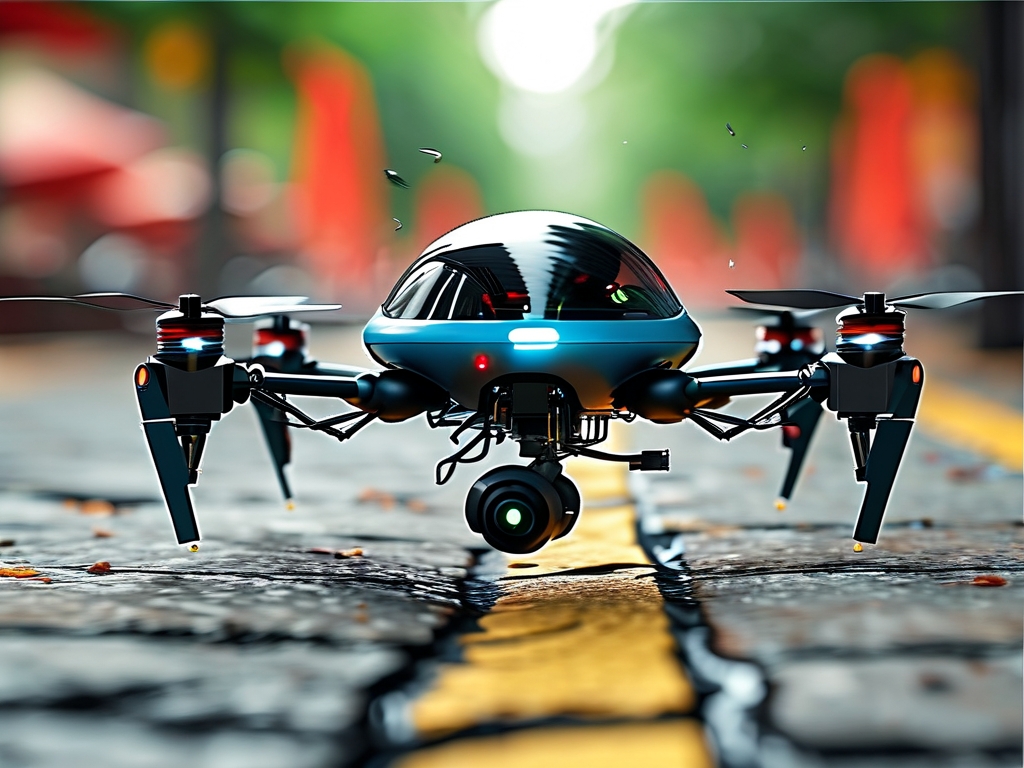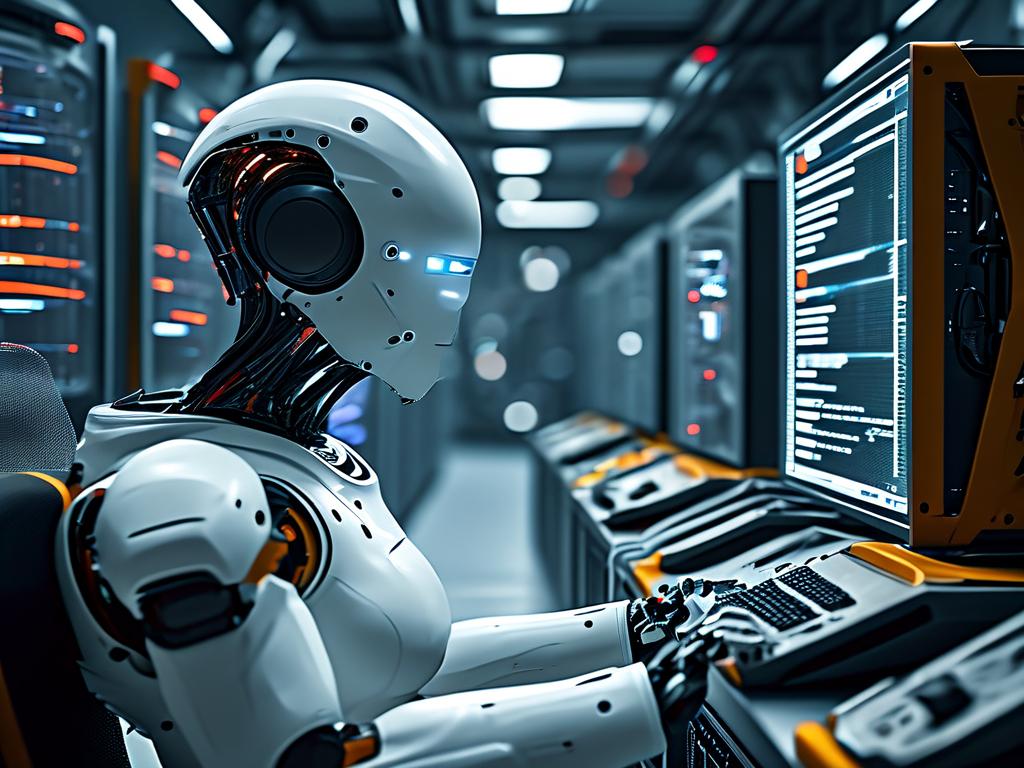As robotic systems grow increasingly complex, the Robot Operating System 2 (ROS2) has emerged as a critical framework for developing scalable and efficient applications. At the heart of ROS2 lie numerous algorithms that enable functionalities ranging from navigation to perception. This article explores widely used algorithmic approaches within ROS2, highlighting their implementation and practical applications.

Core Navigation Algorithms
Path planning remains one of the most fundamental challenges in robotics. ROS2 leverages algorithms like Dijkstra's and A for grid-based navigation, often implemented through packages such as Nav2. These algorithms balance computational efficiency with optimal route generation. For dynamic environments, Dynamic Window Approach (DWA) is frequently employed to adjust trajectories in real-time while avoiding obstacles. A simplified code snippet for initializing A in ROS2 might look like:
auto planner = std::make_shared<nav2_astar::AStarPlanner>(); planner->configure(node, "astar_planner", tf_buffer, costmap_ros);
Perception and SLAM
Simultaneous Localization and Mapping (SLAM) algorithms form the backbone of autonomous navigation. ROS2 integrates solutions like Cartographer and RTAB-Map, which use probabilistic models to build maps while tracking robot positions. Feature-matching techniques such as ORB-SLAM2 are also popular for visual SLAM applications. These algorithms process sensor data from LiDAR or cameras to create coherent environmental representations, enabling robots to operate in unknown terrains.
Control Systems
PID controllers remain a staple in ROS2 for maintaining stability in motor control and sensor feedback loops. For advanced applications, Model Predictive Control (MPC) algorithms are gaining traction due to their ability to handle multi-variable systems. ROS2's control toolbox provides pre-built modules for implementing these strategies, allowing developers to fine-tune parameters like actuator response times and error thresholds.
Task Scheduling and Resource Management
Deterministic task scheduling is crucial for real-time robotics. ROS2 employs algorithms like Earliest Deadline First (EDF) and Rate-Monotonic Scheduling (RMS) to prioritize node execution. The framework's Quality of Service (QoS) policies further enhance reliability by managing network bandwidth and data latency—critical for applications like swarm robotics or industrial automation.
Machine Learning Integration
While not native to ROS2, machine learning algorithms are increasingly interfaced with the framework. Object detection models like YOLO or segmentation networks are often deployed alongside ROS2 nodes using bridges like ROS2-TensorFlow. Reinforcement learning (RL) agents can also be trained in simulation environments like Gazebo and later deployed on physical robots via ROS2 middleware.
Challenges and Optimization
Despite its versatility, algorithmic implementation in ROS2 requires careful optimization. Memory management in embedded systems, for instance, demands lightweight variants of SLAM algorithms. Developers often trade off accuracy for speed—using FastSLAM instead of full graph-based SLAM for computationally constrained devices. Additionally, hybrid approaches (e.g., combining classical control systems with neural networks) are becoming essential for tackling edge cases in real-world deployments.
Future Directions
Emerging trends include quantum-inspired algorithms for solving complex optimization problems and federated learning frameworks for collaborative robotics. ROS2's modular architecture positions it well to adopt these innovations, ensuring its relevance in next-generation robotics.
In summary, ROS2's algorithmic ecosystem provides a robust foundation for diverse robotic applications. By understanding these core algorithms—from navigation to machine learning integration—developers can build smarter, more adaptive systems that push the boundaries of automation.









